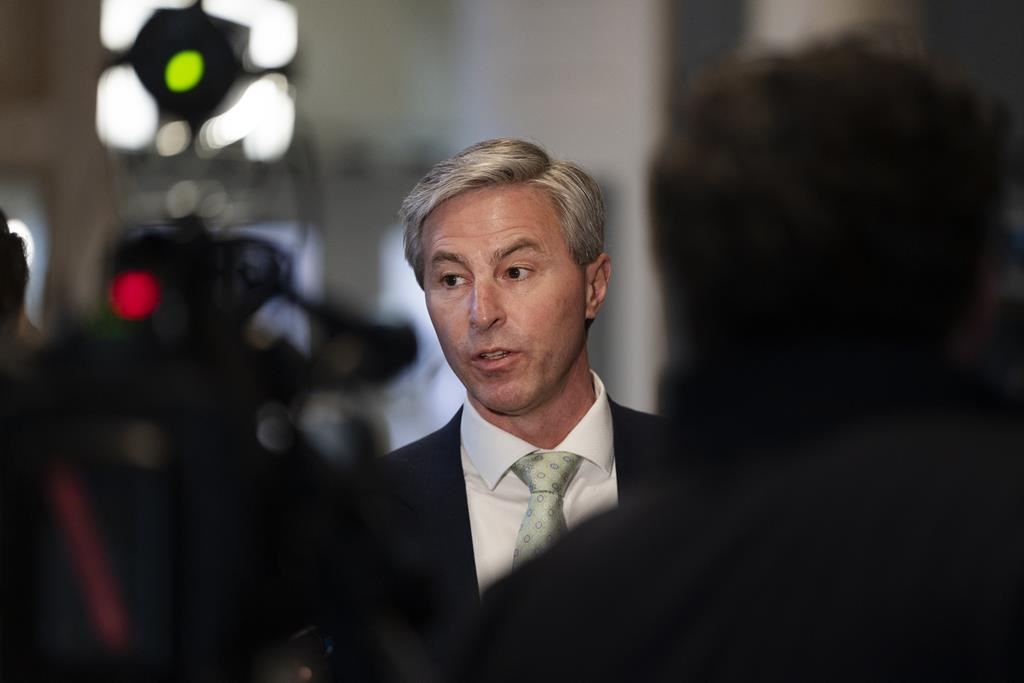OECD think-tank cuts growth forecast for several developed countries, singles out eurozone
Posted Sep 15, 2014 01:43:59 PM.
This article is more than 5 years old.
FRANKFURT – A major international organization has cut its growth forecast for the countries that use the euro and says the troubled currency union needs even more stimulus from the central bank and governments.
The Organization for Economic Cooperation and Development, a think-tank dealing with the world’s developed countries, cut its forecasts for the eurozone this year to 0.8 per cent from 1.2 per cent in its May assessment.
The Paris-based OECD also cut its growth forecasts for the U.S., Canada and several other large economies but said the global economy overall was continuing a moderate, if uneven, recovery.
The outlook for the U.S. was cut to 2.1 per cent from 2.6 per cent and for Japan to 0.9 per cent from 1.2 per cent. Canada’s outlook was cut by 0.2 percentage points to 2.3 per cent this year, giving it the second-fastest G7 growth forecast after the United Kingdom, where growth was estimated at 3.1 per cent, down from the May forecast of 3.2 per cent.
Italy, another G7 country and one of the more troubled economies in Europe, was downgraded from 0.5 per cent to minus 0.4 per cent.
The OECD singled out the 18-country eurozone for special attention, saying the European Central Bank needs to do more to help growth in the eurozone, including large-scale bond purchases, to expand the amount of money in the financial system – a move known as quantitative easing. It also called on governments to loosen spending within the flexibility afforded by European Union rules limiting deficits and debt.
The ECB has already taken a number of steps aimed at supporting a weak recovery. It has cut its benchmark interest rate to a record low of 0.05 per cent, offered long-term cheap loans to banks on condition they lend to companies, and said it will buy bonds made up of loans to companies as another way to boost credit to businesses.
The OECD said “growth remains weak in the euro area, which runs the risk of prolonged stagnation if further steps are not taken to boost demand” and that “further measures, including quantitative easing, are warranted.”
The U.S. Federal Reserve, Bank of Japan and Bank of England have all tried quantitative easing. The ECB has not ruled it out, but the step is more complicated in a currency union with 18 countries. The Bank of Canada hasn’t resorted to quantitative easing but it has continued to keep its benchmark interest rate at 1.0, which is low by historical standards.
The world economy continues to grow but forecasts are uneven across countries. China is expected to grow 7.4 per cent his year but Brazil only 0.3 per cent after falling into recession in the first half.
The OECD’s acting chief economist, Rintaro Tamaki, said labour markets in the developed world were only slowly improving, “with far too many people still unable to find good jobs worldwide.”
Note to readers: This is a corrected story. An earlier version said that the Canadian outlook was cut by two percentage points, rather than 0.2 points.










